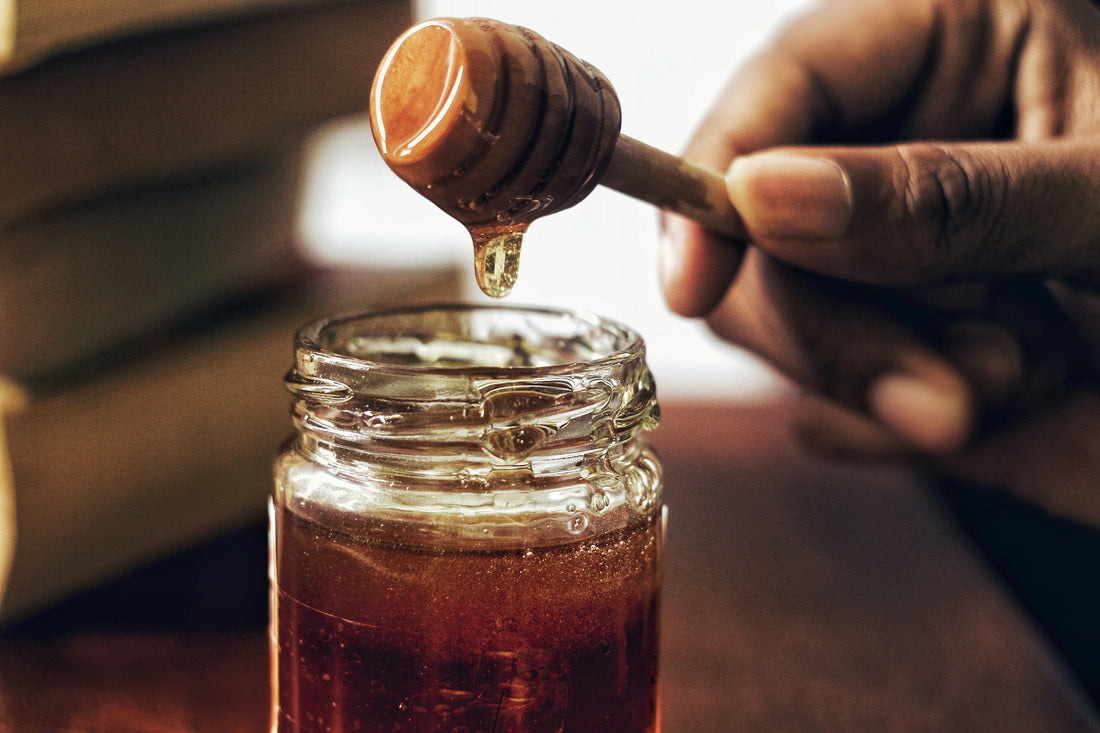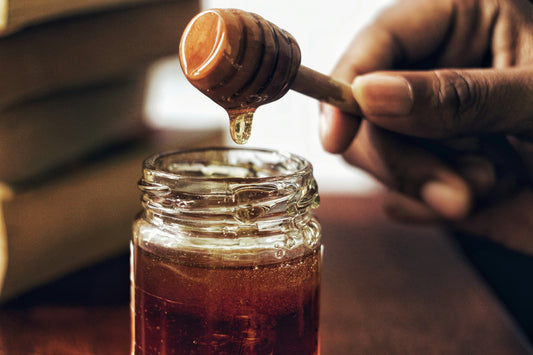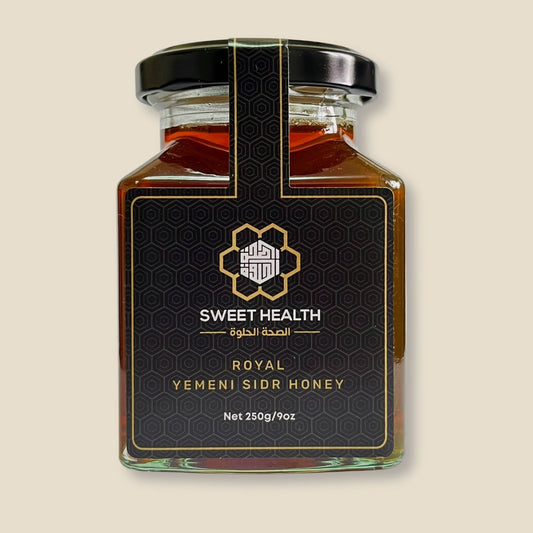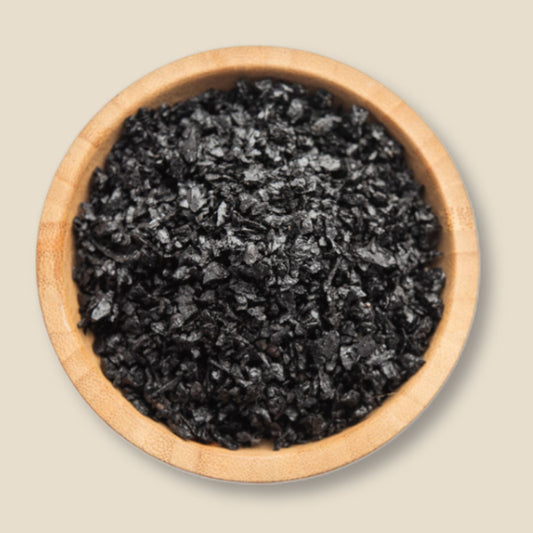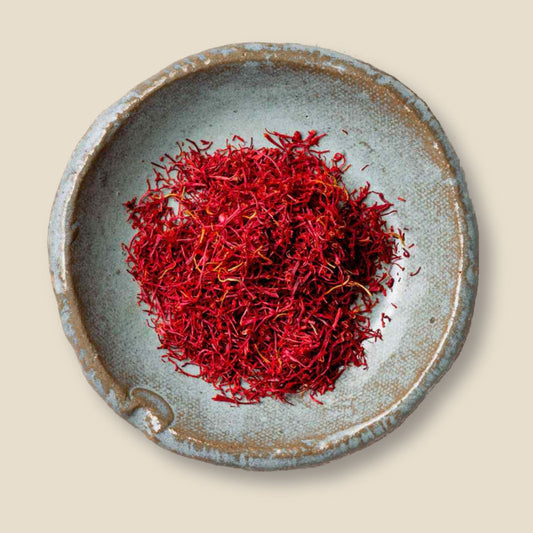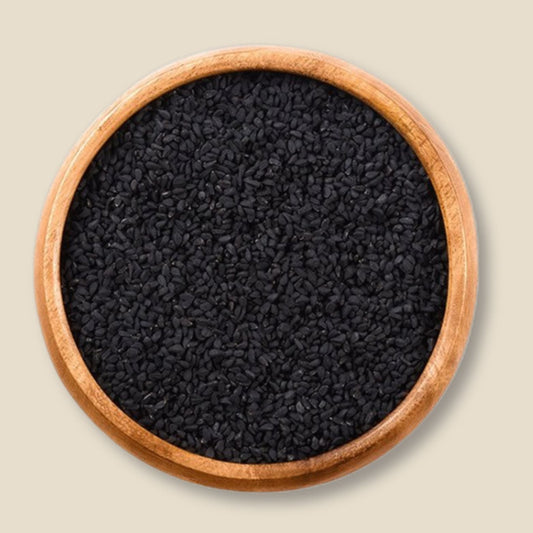A Journey into Quality and Tradition
Yemeni Sidr honey is often hailed as one of the most precious and sought-after varieties of honey in the world. Its rich taste, distinctive aroma, and myriad health benefits make it a luxurious commodity.
However, your probably wonder why this golden elixir has a higher price tag compared to other honeys. The reasons span from the traditional methods of harvesting to the honey's unique medicinal properties, each contributing to its exceptional value.
The Rarity of the Sidr Tree
The Sidr tree (Ziziphus spina-christi), from which this honey is sourced, grows in the rugged terrains of Yemen and other parts of the Middle East. The tree is known for its resilience and the rich, nectar-filled blossoms it produces.
However, the Sidr tree's limited geographic distribution and the specific climatic conditions required for its growth contribute to the rarity and, consequently, the high value of its honey.
Traditional Harvesting Practices
Beekeeping traditions surrounding Yemeni Sidr honey have been passed down through generations. The methods employed by these skilled beekeepers are time-consuming and labor-intensive, often involving the climbing of trees and the use of traditional tools to collect honey in a sustainable manner.
These practices ensure the preservation of the bees' natural habitat and the purity of the honey, but they also limit the quantity produced each season.
Purity and Medicinal Properties
Yemeni Sidr honey is renowned for its purity and the absence of any processing or additives. Its medicinal properties are well-documented, with research indicating its effectiveness in treating wounds, digestive issues, respiratory conditions, and even some chronic diseases due to its high antioxidant, antibacterial, and anti-inflammatory properties.
Our rigorous lab testing and certification process is used to verify its purity and medicinal qualities further adds to the cost.
Environmental Factors
The production of Sidr honey is also at the mercy of environmental factors, including rainfall patterns and the health of the Sidr trees themselves.
In years where conditions are not optimal, the yield of nectar and, subsequently, honey can be significantly reduced, affecting the availability and price of this coveted resource.
Economic Considerations
Finally, the economic context in Yemen, characterized by instability and conflict, has a profound impact on the production and export of Sidr honey. These conditions pose challenges to beekeepers and honey producers, from maintaining the health of their bees to transporting the honey safely for international distribution.
The added risks and costs associated with these activities are inevitably reflected in the price of the honey.
Conclusion
Yemeni Sidr honey is not a regular honey; it's a product of ancient traditions, laborious beekeeping practices, and the unique environmental and economic context of its origin.
Its price not only reflects its rarity and the challenges involved in its production but also its quality and potent medicinal properties.
Despite these forces, we strive to keep our prices as low as possible, while being able to immensely reward our local beekeepers and cover our high-operation costs in safely exporting our honey from Yemen to the globe.
References
-
Al-Waili, N. S., Salom, K., Butler, G., & Al Ghamdi, A. A. (2011). Honey and microbial infections: A review supporting the use of honey for microbial control. Journal of Medicinal Food, 14(10), 1079-1096.
-
Erejuwa, O. O., Sulaiman, S. A., & Wahab, M. S. A. (2012). Honey: A novel antioxidant. Molecules, 17(4), 4400-4423.
-
Molan, P. C. (1992). The antibacterial activity of honey: The nature of the antibacterial activity. Bee World, 73(1), 5-28.
